Rosebank Mill ‘Dairy Book’ of fabric samples and notes, 1825
Lancashire
4
This book contains mostly printed cotton dress fabrics with a few examples of larger scale prints labelled as ‘furnitures’, which would have been used as household furnishings such as upholstery or curtains. Many of the fabric samples showcase the adoption of innovative new developments in printing technology from the early 19th century.
One of the most influential developments was the invention of roller or cylinder printing, which made producing very finely detailed patterns much easier compared to block printing. This can be seen in the abundance of designs featuring tiny speckled or dashed backgrounds or stippled shading, which would have been impossible to create at this scale using block printing. Also featured in this book are examples of ‘rainbow’ prints, which have a distinctive gradient stripe and had to be produced on specially set up machinery which applied dye to rollers in graduated bands to give smooth, continuous gradients in the finished print. Finally there are several examples of ‘lapis’ prints – a process that finally allowed madder reds and indigo blues to be printed directly alongside each other without the need for a buffer area between them.
This book is part of a small collection of similar books featuring printed and dyed fabric samples alongside accompanying notes detailing the methods used to produce the samples. They outline the recipes used for the dyes, method of applying the colour and specific details about the treatment of the fabric at each stage of the process. They cover an exciting and highly experimental period of great technological innovation in both printing and dyeing methods, with manufacturers striving to perfect new combinations of pattern and colour in a bid to outdo their competitors.
Books such as these would have been an incredibly valuable record of what methods had been tested. as well as how successful they were. They are an amazing snapshot of the variety of patterns and colours available for use in both garments and household furnishings and also showcase the skill and ingenuity required at every step of the process. From weaving high quality fabrics as a base for the patterns, to designing the print itself and then working out the best combination of printing and dyeing processes to achieve the desired effect – each step of this process required expertise and experience that would have been developed over a lifetime.





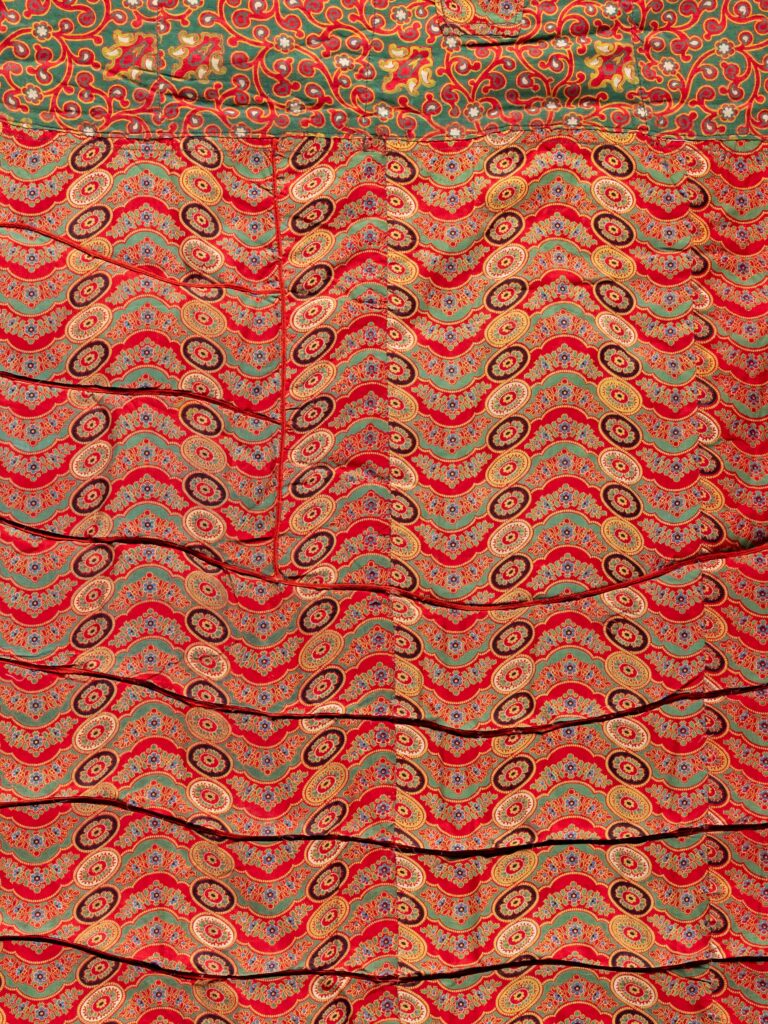


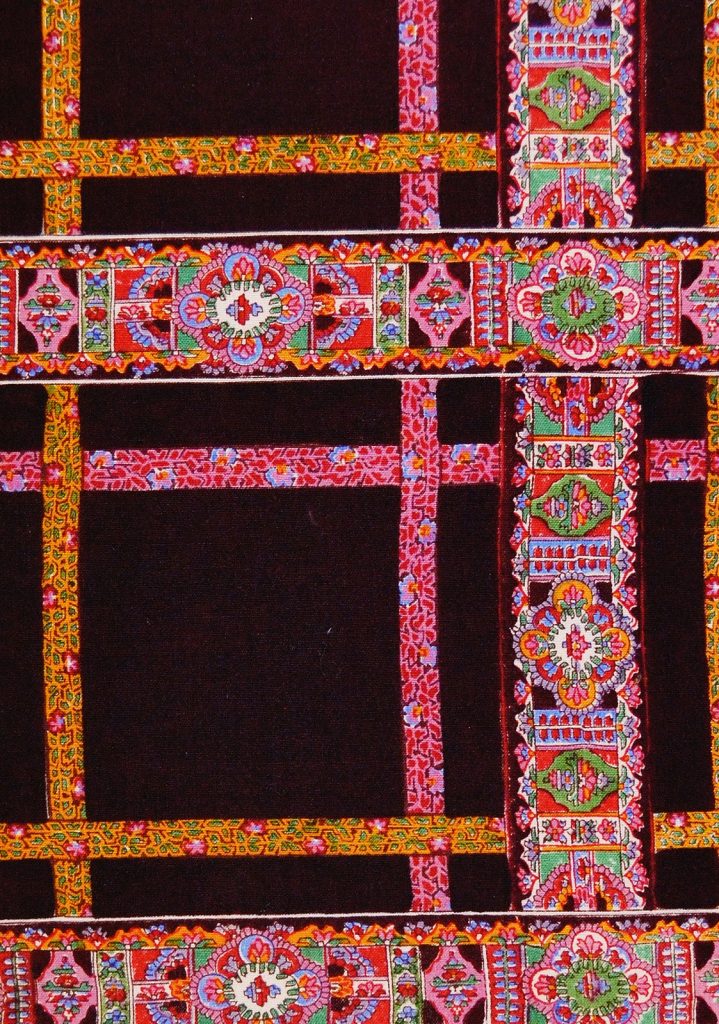


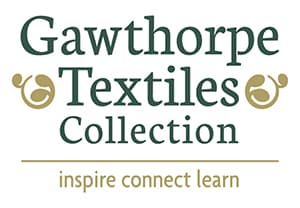

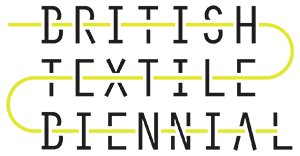
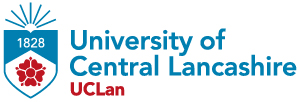
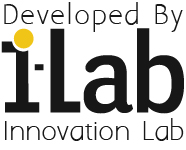
Comments
(4 comments)
Bev Lamey
These books are so inspiring. I know they are “just recipe journals” but they are visually beautiful. I love the combination of writing and pattern.
Jamie-Rose
Absolutely agree, Bev. The high quality photos really help to see the detail so clearly.
Joanne
Absolutely stunning in both the colours and the samples themselves but also to have these books from the exact time that technology was advancing from block to roller etc is a real treasure!
Rachel Midgley
Agreed, I was fascinated to see so many new developments being experimented with like the lapis prints, the rainbow gradients and trying out new colour combinations. I really hope more research and digitisation can be done on these books because they are such a treasure trove!
Leave a comment
You must be logged in to post a comment.